Black Cumin (Nigella Sativa): The Spice That Packs a Punch!
Spice lovers, prepare to meet your new best friend: Nigella sativa, better known as black cumin. Whether you're a seasoned chef or just someone who likes their food with a little more flair, this tiny seed might just revolutionize your spice rack. From ancient medicine cabinets to modern kitchens, black cumin has been making waves for centuries — and today, we’re spilling the beans (or seeds) on why it deserves a prime spot in your pantry.
Table of Contents
- What Is Black Cumin?
- Why It Deserves a Spot in Your Spice Rack
- How to Use Black Cumin Like a Pro
- Health Benefits: Fact or Fiction?
- Black Cumin vs. Regular Cumin: What’s the Diff?
- Buying & Storing Tips
- Quick Tips & Tricks
- Final Thoughts
What Is Black Cumin? (Spoiler: Not the Same as the Regular Kind!)
Let’s clear up the confusion once and for all. When most people say “cumin,” they’re referring to the warm, earthy spice commonly used in Mexican and Indian dishes. But black cumin is something else entirely — though it does share some flavor family ties.
| Feature | Black Cumin (Nigella sativa) | Regular Cumin (Cuminum cyminum) |
|---|---|---|
| Botanical Name | Nigella sativa | Cuminum cyminum |
| Flavor Profile | Bitter, peppery, slightly nutty with a hint of oregano | Earthy, warm, smoky |
| Common Names | Kalonji, black seed, fennel flower | Ground cumin, cumin seed |
| Main Uses | Indian, Middle Eastern, and North African cuisines; traditional medicine | Mexican, Indian, Mediterranean cuisines |
If you’ve ever ordered naan at an Indian restaurant and wondered about those dark specks embedded in the crust — that’s black cumin! These tiny seeds are powerful in both flavor and potential health benefits.
Why It Deserves a Spot in Your Spice Rack
Here’s the deal: your spice rack is only as good as the spices on it. And black cumin brings a unique flavor and versatility that shouldn’t be overlooked. Let’s break down the top reasons to add it to your collection:
- Unique Flavor: Unlike anything else in your cabinet. Think bitter meets nutty with a whisper of onion and pepper.
- Global Appeal: Used in everything from breads to curries to pickles across cultures.
- Health Potential: More on this later, but let’s just say it’s not just flavor you’re getting.
- Versatile Use: Can be dry-roasted, infused in oil, sprinkled raw, or ground into blends.
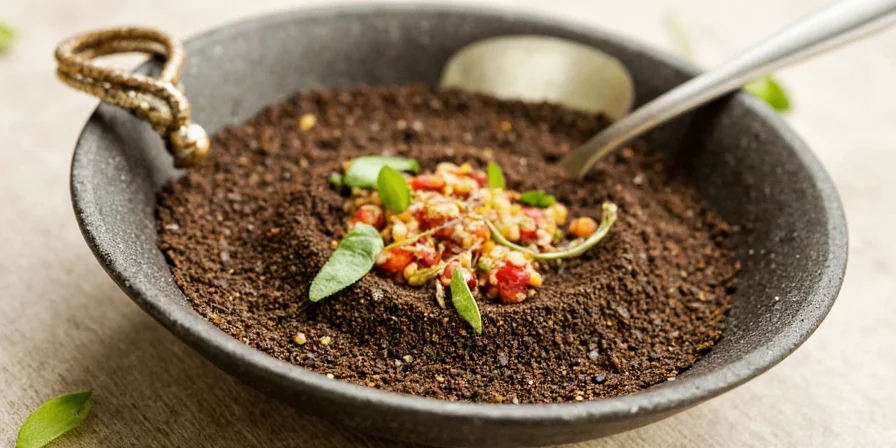
How to Use Black Cumin Like a Pro
You wouldn’t throw salt on every dish without thought — same goes for black cumin. Here are some ways to use it like a seasoned pro:
- Naan Magic: Sprinkle on top of naan before baking for that classic Kalonji look and taste.
- Dry Roasting: Lightly roast in a dry pan to enhance nutty notes. Add to rice, dals, or lentil dishes.
- Olive Oil Infusion: Heat black cumin in olive oil and drizzle over roasted veggies or hummus.
- Curry Base: Toast in mustard oil and add early in cooking for a deep flavor foundation.
- DIY Blends: Mix with sesame seeds, flaxseeds, and turmeric for a custom super-spice mix.
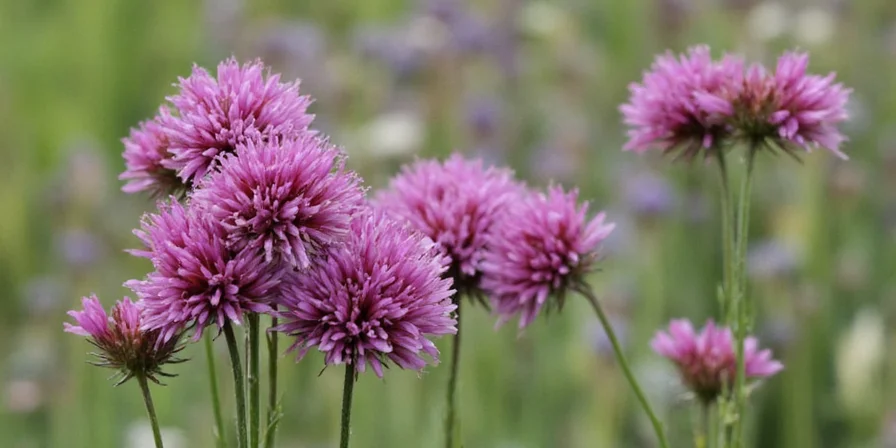
Health Benefits: Fact or Fiction?
Black cumin isn’t just popular in kitchens — it’s also a staple in herbal medicine traditions like Ayurveda and Unani. But does it live up to the hype?
Science Says: Some studies suggest black cumin may have antioxidant, anti-inflammatory, and antimicrobial properties. Thymoquinone, its active compound, has shown promise in lab and animal research for supporting heart health, blood sugar regulation, and immune function.
Important Note: While promising, most of these effects come from concentrated oil or extracts. Eating the seeds occasionally won’t act like a miracle cure — but adding them regularly can be part of a healthy lifestyle.
Black Cumin vs. Regular Cumin: What’s the Difference?
You may be wondering, “Can I substitute regular cumin for black cumin?” The answer is… well, kind of, but don’t expect the same results. Let’s take a closer look:
| Characteristic | Black Cumin | Regular Cumin |
|---|---|---|
| Taste | Bitter, peppery, aromatic | Earthy, smoky, slightly citrusy |
| Texture | Small, matte-black seeds | Light brown elongated seeds |
| Best For | Flatbreads, pickles, vegetable dishes | Curries, chili, soups, stews |
| Heat Response | Enhances when lightly toasted | Loses depth if overcooked |
So, nope — they aren’t interchangeable. If a recipe calls for black cumin and you use regular, you’ll miss out on that signature flavor.
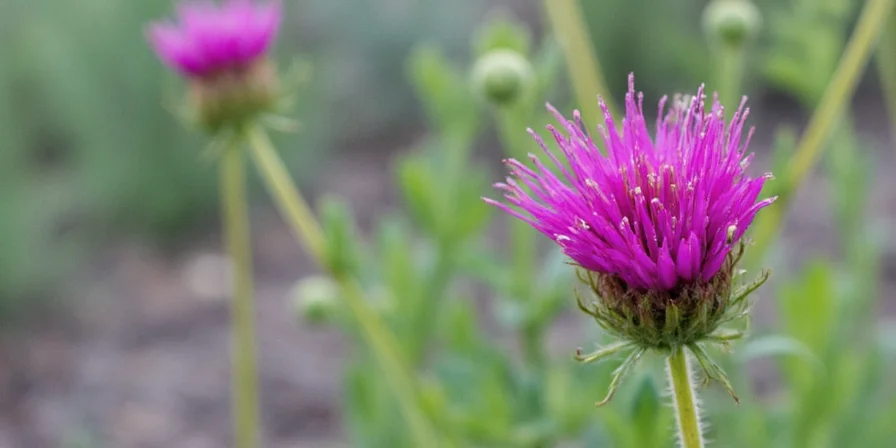
Buying & Storing Tips: Keep Those Seeds Fresh
Now that you’re convinced, here’s how to buy and store black cumin like a kitchen wizard:
- Buy Whole Seeds: Avoid pre-ground black cumin — the oils dissipate quickly. Buy whole seeds and grind fresh as needed.
- Look for Quality: Choose seeds that are uniform in color (dark black), dry to touch, and free from debris.
- Airtight Storage: Store in a sealed glass jar away from light and heat. A cool pantry or fridge works best.
- Roast Before Use: Just like coffee beans, roasting enhances flavor. Do it just before using for maximum aroma.
- Shelf Life: Properly stored, black cumin can last up to a year. If it starts smelling stale, toss it.
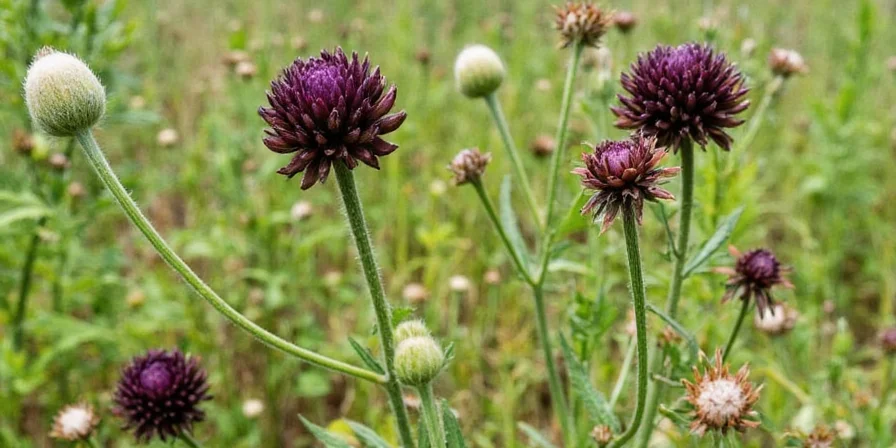
Quick Tips & Tricks for Maximum Flavor
- Add to Bread Dough: Especially flatbreads and buns for that restaurant-style finish.
- Infuse Oils: Make a black cumin-infused oil to drizzle on salads or dips.
- Toast First: Always toast lightly unless used in raw applications (like sprinkle toppings).
- Pair With: Garlic, ginger, turmeric, lemon, yogurt, and other bold flavors.
- Don’t Overdo It: It’s got a strong personality. Start with a pinch and adjust to taste.
Conclusion: Don’t Sleep on This Tiny Seed
In the world of spices, size doesn’t matter — flavor and impact do. And black cumin (Nigella sativa) checks all the boxes: bold taste, global appeal, and possible health perks to boot.
Whether you’re spicing up your morning toast or experimenting with new curry bases, don’t overlook the magic of black cumin. Once you start using it regularly, you’ll wonder how you ever cooked without it.
So go ahead — open that spice drawer, make space for one more gem, and let the black cumin games begin!
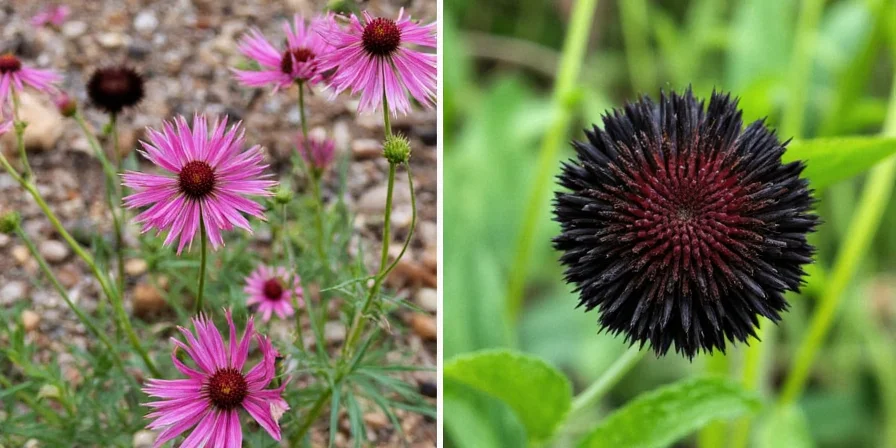

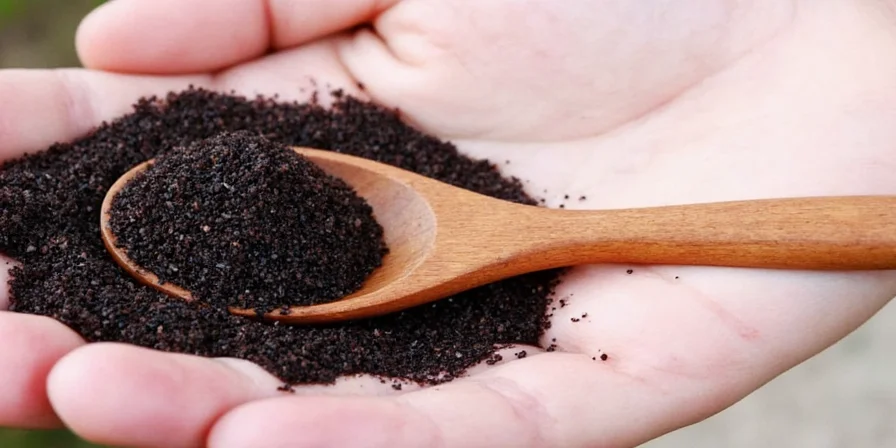









 浙公网安备
33010002000092号
浙公网安备
33010002000092号 浙B2-20120091-4
浙B2-20120091-4